NOTE
*Pseudonyms have been used for all military personnel with a rank lower than lieutenant colonel.
DOWNLOAD
The United States maintains one permanent military advisory program in Colombia. This is the Planning and Assistance Advisory Team (PATT). The historical roots of the PATT program come from the successful Operational Planning and Assistance Training Team (OPATT) program in El Salvador. From 1984 until 1993, the officer and non-commissioned officer (NCO) OPATTs worked with the Salvadoran Army brigades in their fight against the Frente Farabundo Martí para la Liberación Nacional (FMLN). This article will explain the OPATT program in El Salvador, the connection between the OPATT and PATT programs, and the current mission of the PATTs in Colombia. While in some ways similar, significant differences exist. The counter-narcotics war in Colombia has presented unique problems for the PATTs.
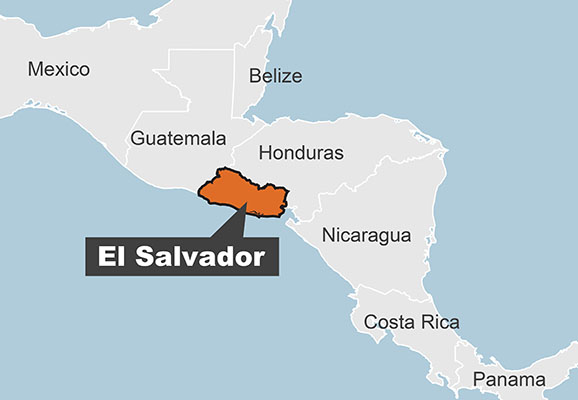
In the 1970s, a growing insurgency in El Salvador became a serious threat when the diverse leftist movements in the country united under the FMLN. Open-armed rebellion erupted in 1980 and quickly escalated in 1981, with an offensive that attempted to split the country. The El Salvadoran Armed Forces (ESAF) was incapable of suppressing the growing rebellion. It lacked counter-insurgency training and resources. Morale in the ESAF was low. The ESAF was further hampered by human rights violations accusations stemming from operations against the FMLN. In 1981, regular assistance to the Salvadoran military began to come from the U.S. Army.
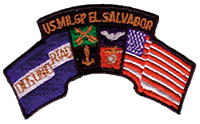
The United States began sending military personnel as trainers to assist the Salvadoran Army improve its war-fighting capability. Initially, mobile training teams (MTTs) made up of Special Forces (SF) personnel were sent to work with the Salvadoran Army elements. MTTs are “Department of Defense personnel on temporary duty in a foreign country for the purpose of training foreign personnel in the operation, maintenance, or other support of weapons systems and support equipment as well as training for general military operations.”1 Between 1981 and 1984, the MTTs were key to the expansion of the Salvadoran military from a poorly-trained force of 9,000 to an effective counterinsurgency force of 54,000.2 The formation of the 1,000-man quick reaction infantry battalions, called the Batallónes de Infanteria de Reacción Inmediata or BIRI, gave the ESAF a force capable of wresting the initiative on the battlefield from the FMLN. The Special Forces MTTs were typically deployed for no longer than six months and were specifically focused on particular training objectives. This did not provide the continuity necessary to effectively advise the Salvadoran brigades.3 In 1984, the Army began the OPATT program to provide personnel to each ESAF brigade.4
Since 1981, the U.S. forces operated under the constraints of a 55-man “force cap” imposed by Congress and followed rules of engagement that prohibited the trainers from engaging in active combat operations with the Salvadoran Army.5 While the prohibition against going “down range” in support of operations grated on the OPATT advisors, ample training still needed to be done. Master Sergeant Johnny R. Gómez deployed to La Union Province with his team to establish the first Salvadoran National Basic Training Center at a former cotton warehousing site. “We built the facility up from scratch and trained 1,500 recruits each cycle so we were really busy.”6 Master Sergeant Leamon Rattere was part of a team in Santa Ana that trained a light infantry battalion. “We had new recruits and each Special Forces NCO trained a company. The captain, who was the team leader, trained the battalion staff. We took each 120-man company from a bunch of raw recruits and produced a combat-effective light infantry company.”7 The initial six-month MTTs of the Special Forces teams to each ESAF brigade were followed by the one-year permanent duty assignments of Army OPATTs. This program lasted for more than eight years, at which time Special Forces troops on deployed-for-training missions again began to regularly work with the ESAF. By 1991, the war was winding down, and in 1993, no U.S. advisors were left with the EASF brigades.8 The OPATT mission resulted in a quantitative upgrade of the capability of the Salvadoran Army and a significant improvement in their human rights record.9
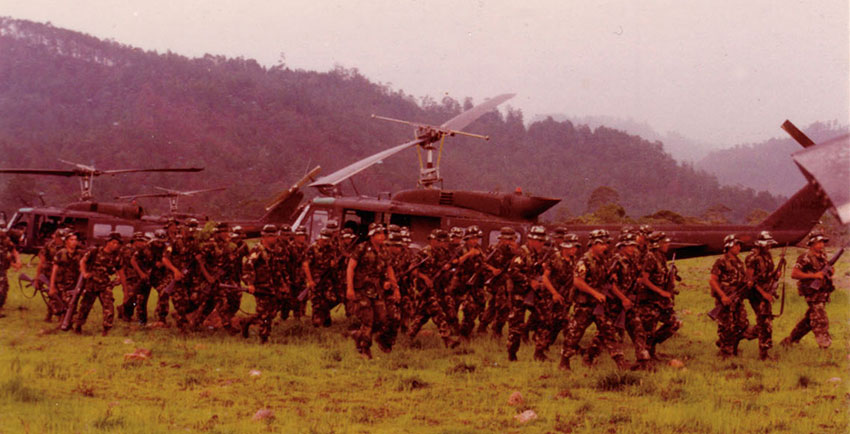
The OPATT program provided the genesis for the PATT program in Colombia. Brigadier General Simeon G. Trombitas, the current commander of Special Operations Command–Korea, was an OPATT with the Salvadoran 4th Infantry Brigade from June 1989 to March 1990. In July 2003, as the commander of U.S. Military Group–Colombia (MILGP), Colonel Trombitas realized that the situation in Colombia was enough like El Salvador to warrant establishing a program similar to the OPATT model used successfully there from 1984 to 1992. A major military campaign by the Colombian military was the incentive.
Colombian President Alvaro Uribe Vélez had initiated Plan Patriota, the military component of Plan Colombia, in 2003. Plan Patriota is a nation-wide counter-insurgency campaign designed to reestablish government control in the countryside and to curtail the narcotics trafficking industry. Trombitas recognized the need to provide support to the Colombian Army as the campaign commenced. The Colombian National Police (CNP) is supported in its role in Plan Patriota by the U.S. State Department’s Narcotics Affairs Section, and the Colombian Army needed a similar level of support.
Colonel Purl K. Keen, the MILGP commander prior to Trombitas, initiated a program of “mobile MTTs” to work with the Colombian military. After 11 September 2001, the manpower demands of the Global War on Terrorism (GWOT) forced him to depend heavily on Reserve and National Guard soldiers from all services to man the teams. The expansion of the program from mobile MTTs to teams permanently stationed with the Colombian divisions led to the formation of the PATTs.

The PATTs are administratively part of the U.S. Army Security Assistance Training Management Organization (SATMO) headquartered at Fort Bragg, North Carolina. The mission of the PATT program is to provide planning assistance and guidance to Colombian military units in support of Plan Patriota.10 Only those units having an acceptable human rights record as vetted by the U.S. State Department have PATTs attached to them. Teams are with the 2nd, 3rd, 4th, 6th, and 7th Infantry Divisions, the 18th Separate Brigade, the 2nd Riverine Brigade, and the Colombian Army operations staff in Bogotá.11 Their advice and support centers on operational planning and the integration of the Colombian assets at the division- and brigade-level. They also assist the division staffs in coordinating Colombian Air Force and Navy assets into Army operations.12 The PATT is under the operational control of the MILGP, who controls the teams while they are in Colombia. Administrative control of the teams resides with the SATMO, who takes care of the individuals as far as pay, leave, and promotions. The current annual funding from SATMO for the PATT program in Colombia is $1.5 million. This essentially covers the foreign military sales costs of the personnel that make up the teams.13
Chief Warrant Officer 4 James C. Hawthorn* was preparing to return to the United States after an extended tour in Colombia as an advisor to the Colombian Joint Task Force–A, when Trombitas requested that he stay and put together the PATT program.14 “Colonel Trombitas initially wanted Special Forces guys, PCSed [permanent change of station] for more continuity. We had these mobile MTTs going. We initially had lots of field grade [majors and above] on TDY [temporary duty]; about sixty guys of which 75 percent were Army. In 2004, we were able to slowly shift over to guys on PCS for more stability. The GWOT was the reason we did not get a lot of Special Forces guys.”15 Other U.S. services, notably the Air Force and the Marine Corps, contributed manpower to the teams. Trombitas’ vision to place a PATT with each Colombian division was eventually implemented. It continues as the best available solution to providing a long-term advisory/trainer presence with the Colombian Army divisions.
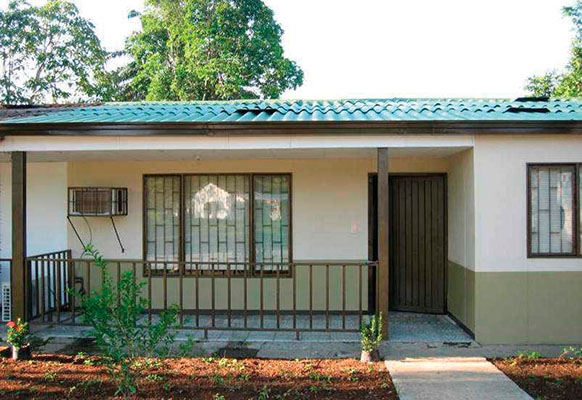
The joint teams are generally three to four individuals. Fluency in Spanish is a key element for service on a PATT in Colombia. The major selection criteria for PATT personnel is technical competence in order to fill the identified requirement.16 Army personnel are on one-year rotations to Colombia. The other services have different rules for filling their allocated slots. Marine Corps personnel are on a one-year tour like their Army counterparts. Air Force personnel are on shorter assignments. Captain Thomas G. Spencer*, a U.S. Air Force intelligence officer stationed with the PATT at Larandia, was on a 179-day tour.17 “We have four personnel, a little larger team than normal. Our mission here is to provide assistance with training and facilitate the logistics operations. Our big project right now is upgrading the firing ranges.”18 In the case of the base at Larandia, improving the ranges meant grading the range areas and installing modern target systems. The verification of the use of MILGP funds as part of military assistance is also a significant part of the PATT program.
Army Major Marlon P. Diamond* is the Senior PATT with the Colombian 4th Infantry Division in Apiay. “I see my job as helping in any way I can. We give assistance with operational planning and cover all the staff areas like intelligence, logistics, training, human rights issues, and civil affairs.”19 The small size of the Colombian divisional staffs generally prevents them from implementing U.S.-style planning. “They are small and lack the skills to do the military decision-making process like we do, “said Diamond.20 As CW4 Hawthorn noted: “In the Colombian Army, the division commanders are the key decision makers and they traditionally have small [ten to fifteen person] staffs, so the presence of the teams at the division headquarters in an advisory capacity gives the most ‘bang for the buck’.”21 Present at numerous division planning sessions, Hawthorn observed, “They don’t plan like we do. The division commander will brainstorm with his brigade commander and the staffs, then give a verbal order. The brigade commander will write an order which is more like our FRAGO [fragmentary order] so the general knows the brigade commander understands his concept. Then they go with it.”22
Since 2001, the PATT program in Colombia has progressed from the mobile MTTs rotating between the Colombian brigades to a more permanent team at the division level. The officers on the PATT work with the division staffs. U.S. NCOs on the PATTs are more likely to be involved with the hands-on training in the units.
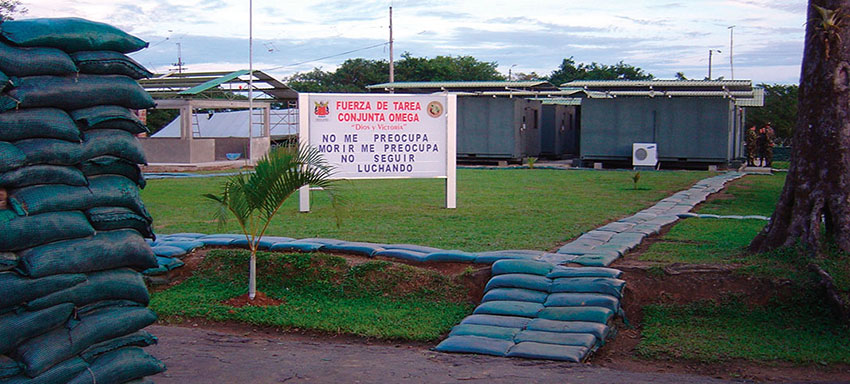
Sergeant First Class Larry Stanley*, on the PATT with the 22nd Mobile Brigade of the 6th Infantry Division at Larandia, was working one-on-one with snipers. “My job is train, support, and assist. I’ve been working with the snipers from each company [of the brigade]. I work with each guy individually on sniper techniques. They are usually short of ammunition, so we don’t shoot as much as we would like.”23 With the NCOs working with the Colombian soldiers and the officers working with the commanders and staffs, the PATTs are able to accurately gauge what their unit’s capabilities are.
CW4 Hawthorn was the PATT operations officer in Bogotá in 2004, and in his view, “The PATTs are well connected in terms of the Colombian units. Our guys have great visibility over operations. We ran a bi-monthly PATT conference and there was a lot of cross-fertilization that came out of that. The MILGP and Embassy folks generally attended and the PATTs painted a true picture of their units.”24 These conferences were helpful in coordinating the PATT mission in the country.25
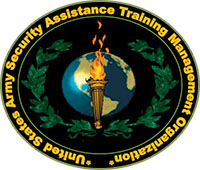
While in many respects these duties were similar to those of the OPATTs in El Salvador, several aspects of the PATT mission in Colombia are unique. The sheer size of the country, geography, and wide distribution of the units are major differences. El Salvador can fit into Colombia fifty-one times, with huge portions that are virtually roadless.26 Colombia’s population is eight times as large as El Salvador’s. In a country slightly larger than the state of Massachusetts, the OPATTs in El Salvador faced lesser difficulties with travel and logistics than are faced by the Colombian PATTs. Despite the differences in scale and the mission to provide division support in Colombia versus advising at the brigade level in El Salvador, the mission is similar. The PATTs provide continuity in terms of an American presence at the Colombian divisions that are stationed in each region. While not as well resourced as the OPATTs in El Salvador, the PATTs have achieved success by synchronizing operations in Plan Patriota, validating Colombian military support requirements, and coordinating delivery of U.S. government support.27 The eight-year-long OPATT program in El Salvador is considered a classic example of a successful Foreign Internal Defense mission. In five years of existence, the PATT program in Colombia has evolved from a “band-aid” of mobile training teams to an orchestrated permanent presence that is enhancing the ability of the Colombian military to conduct the type of counter-insurgency operations necessary to win the narco-terrorism war.

